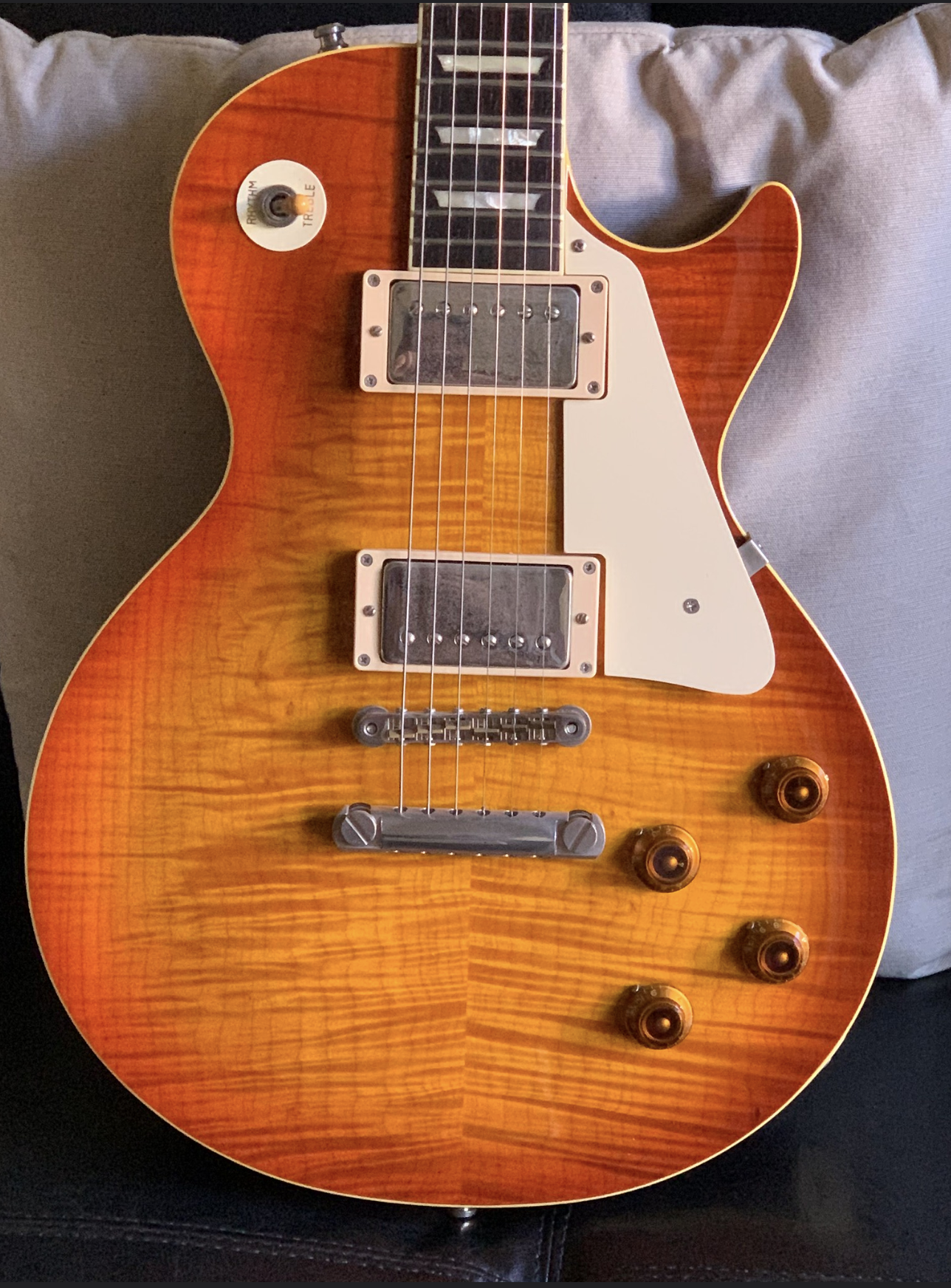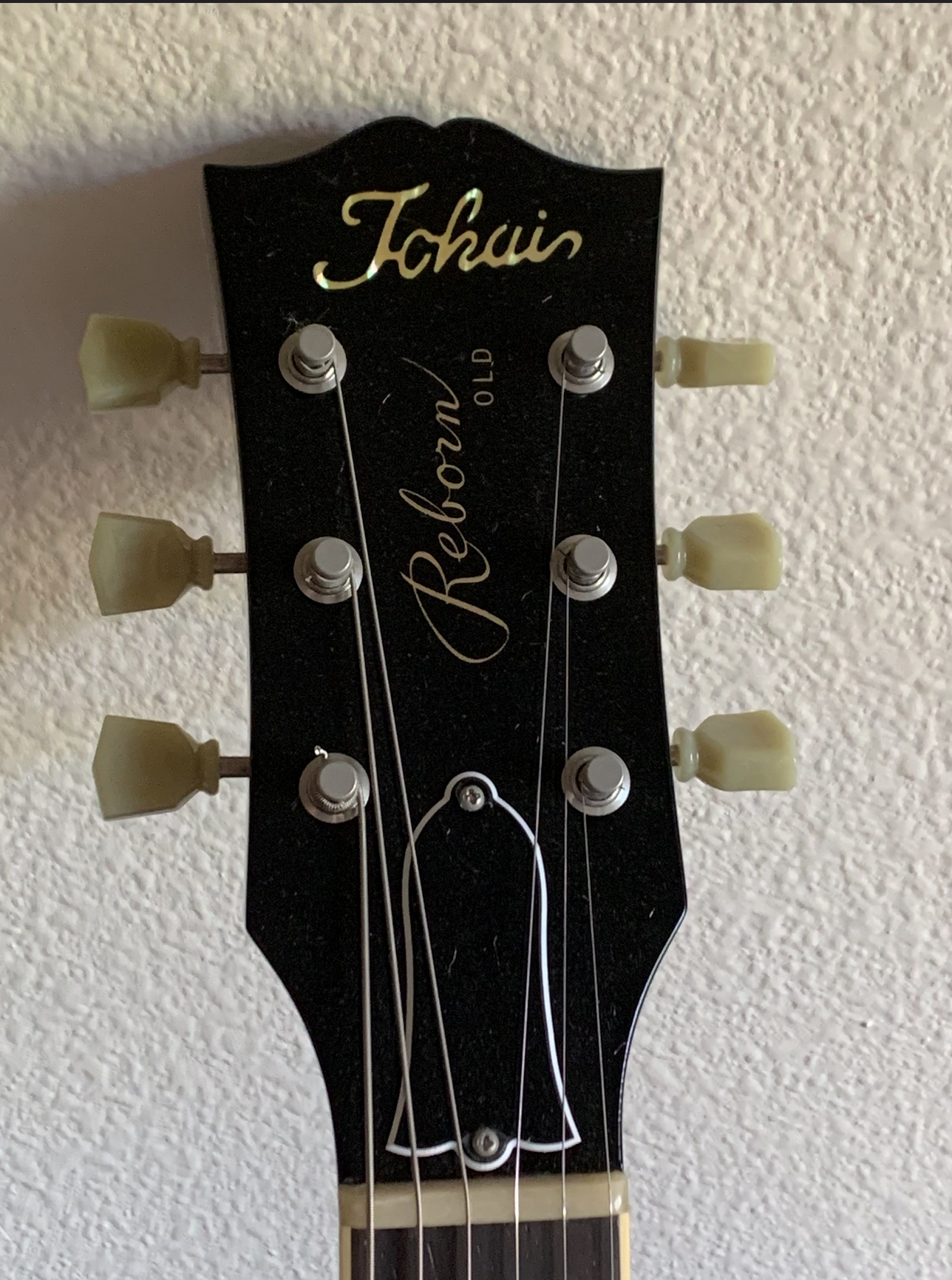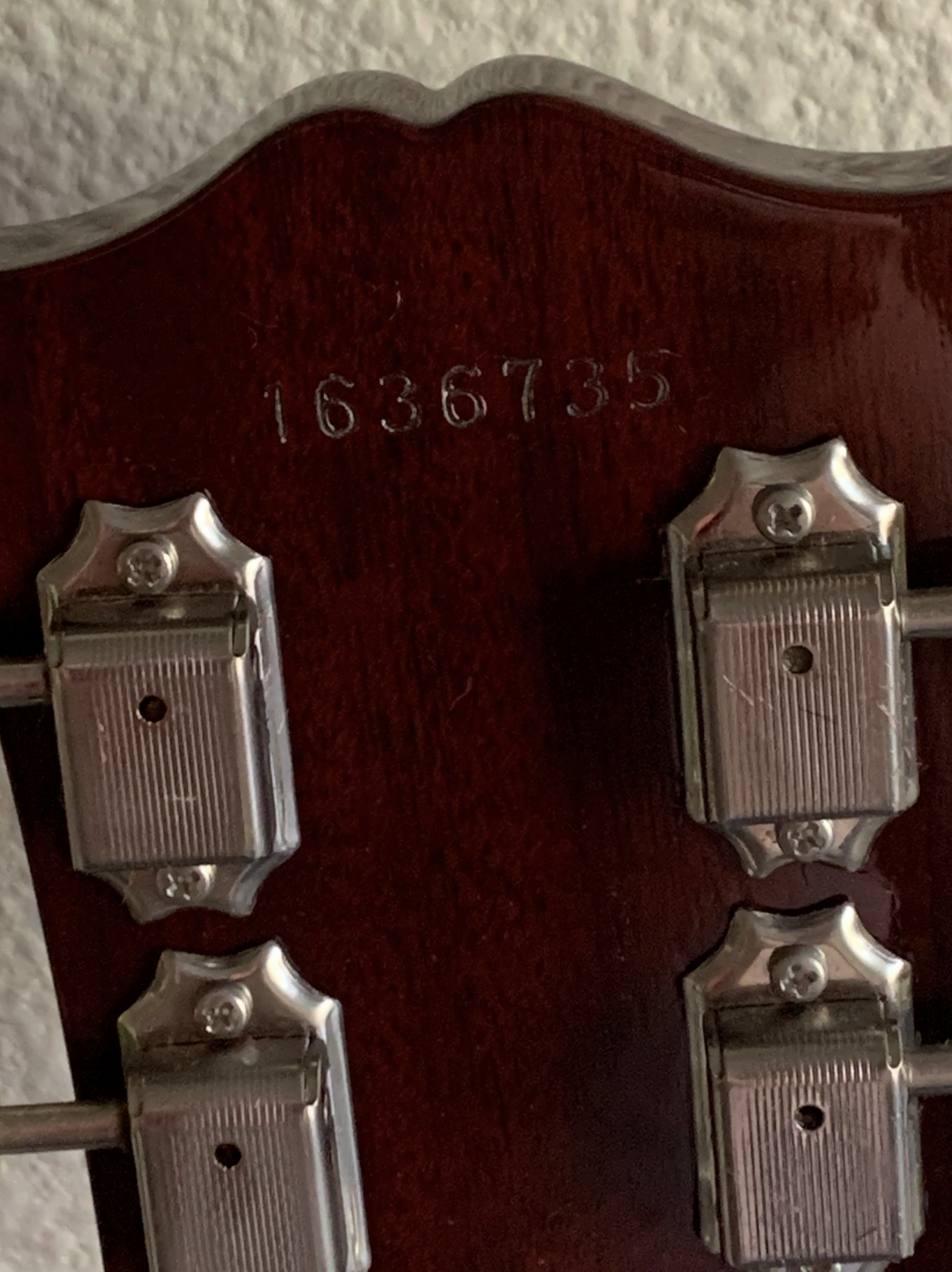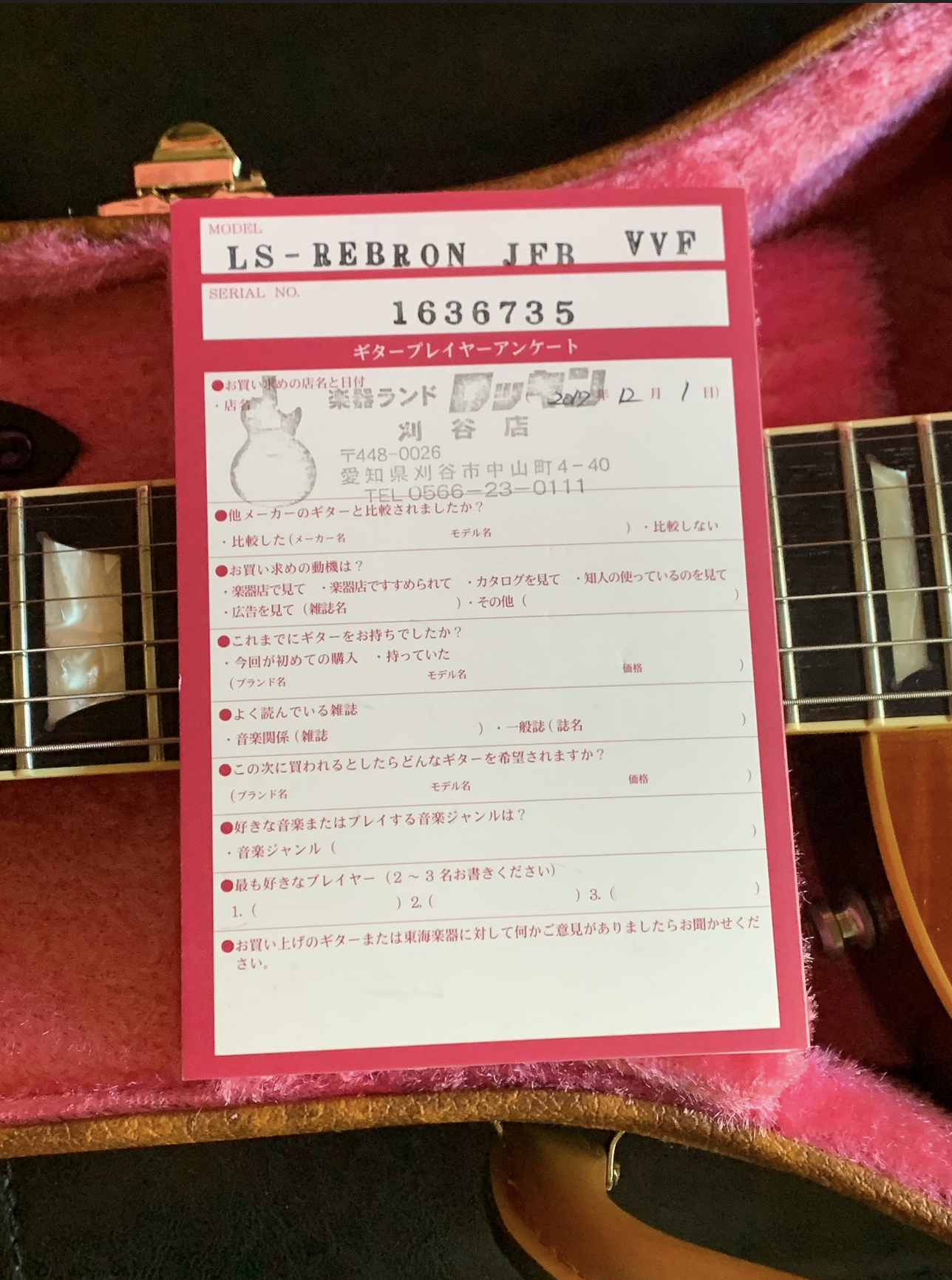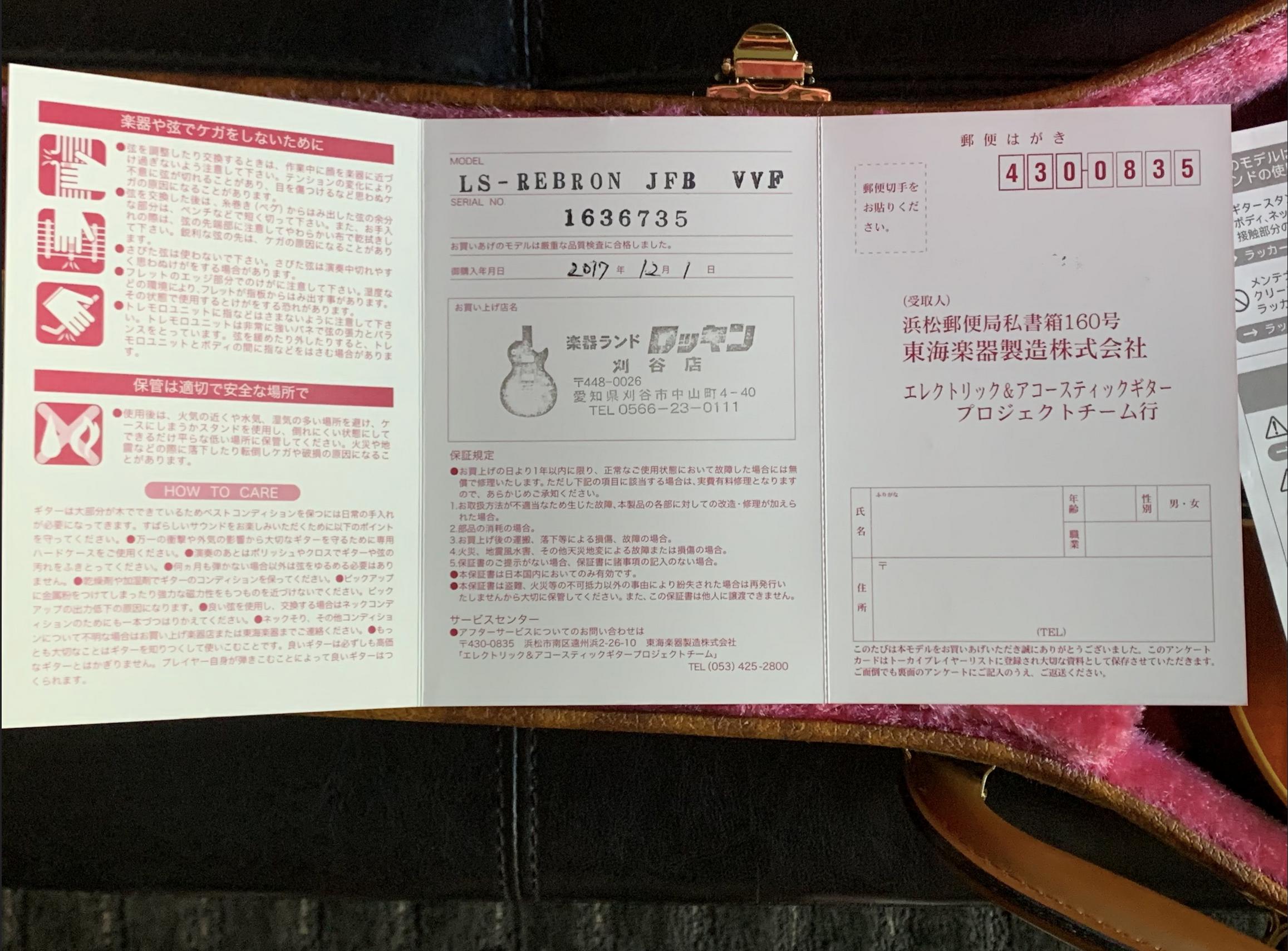Triggered by the this and the other threads on the topic and a current LS200 offer in Berlin I checked a number of LS200 sales on Reverb and most of them claim it would be "brazz", one even delivering a pretty ridiculous "I compared it with other guitars" kind of proof. All of these ads conveniently fail to show meaningful pictures of the fretboards though.

However, double-checking the brochures and catalogs listing the LS200,
none of them states anything else than just "rosewood", the otherwise pretty verbose 1980 catalog doesn't even mention the fretboard wood at all. So there is nothing to support these claims, other than the misconception that having seen a couple of fretboards is sufficient for species identification and not only wishful thinking.
Identifying Dalbergia nigra
The Dalbergia genus has like 200-300 species, a few are even spectacular direct substitutes and much harder to tell from D. nigra than anything else. In fact, it's sometimes not even possible to visually distinguish between species that are typically very different, like BR and EIR (images taken from
here):


So that shows that looking at the wood (or even worse, pictures of the wood) or comparing 2 fretboards is awfully error-prone. Neither color, pore density or longitudinal pore length have so little variation in many of the species and so much overlap with other species that the differences are much more statistical than applicable to 2 individual fretboards.
But you better take that from a more authoritative,
scientific source specifically about Dalbergias:
"Current methods, primarily comparative wood anatomy, are inadequate for conclusive species identification."
About "quantitative characters" (pore density and form in transverse (endgrain) and tangential longitudinal (as in "fretboard from above")):
"Quantitative characters cannot be used to distinguish D. nigra from D. spruceana, D. tucurensis, D.granadillo or D. stevensonii, as the results for D. nigra fall within the range of these species. In particular, D. nigra and D. spruceana had the most similar mean vessel diameter, with vessels of D. nigra being, on average, just 7·6 µm larger than those of D. spruceana, and identical mean ray heights."
This confirms that it's virtually impossible to tell e.g. D. spruceana ("Amazon rosewood", mentioned earlier in this thread) and D. nigra visually apart. The linked .pdf also has some interesting comparison pictures about these properties.
It's probably not impossible that Tokai
could have used Dalbergia nigra in the 80s, I'm just not sure how likely (as in "how expensive") that would've been, and whether or not anyone would've even cared for species rather than quality and attractiveness of the boards at that time. But the real point is - there is no way to tell for sure, at least not without damaging the fretboard...and not even for experts!
That all made an eerie suspicion creeping up my mind in the past days, what if... (
Quotes from this site):
"Even experts can get confused, and you know not all loggers have experts on their staff. Once the lumber has been cut, it becomes more difficult to determine exactly what species it is. Many luthiers rely upon the integrity of their supplier, who may in turn rely upon the integrity of their suppliers. And, being dalbergias, two different species may exhibit great similarities, with the individual piece of wood varying enough to obscure what we think are the differences between them"
He goes on to cite another guy saying
"I think it is fair to say that it is one of the more inexact fields in science. To think that loggers and sawyers have botanists on site to differentiate between all of these species is an optimistic fantasy".
In other words, at the latest after the tree is not any longer a tree, everyone down the entire supply chain is relying on someone else's experience and their supplier's word, up to the lumber shopper in the factories and I guess (heavy speculation) all that could just as well apply to supply chains in the 50s and 60s, delivering wood to Fullerton and Kalamazoo.
Apparently, D.nigra is not even the nicest rosewood species of them all for everyone, it was just what was ubiquitous and readily available when the vintage dream guitars were built, yet its scarcity and finally strict regulation has created a lot of incentive for clandestine trading and to consciously exploit the difficulties to identify it, the lack of knowledge and the pretty irrational value put on this particular species.
 1959 Gibson LP Standard fretboard - is this really worth all the spectacle?
1959 Gibson LP Standard fretboard - is this really worth all the spectacle?




